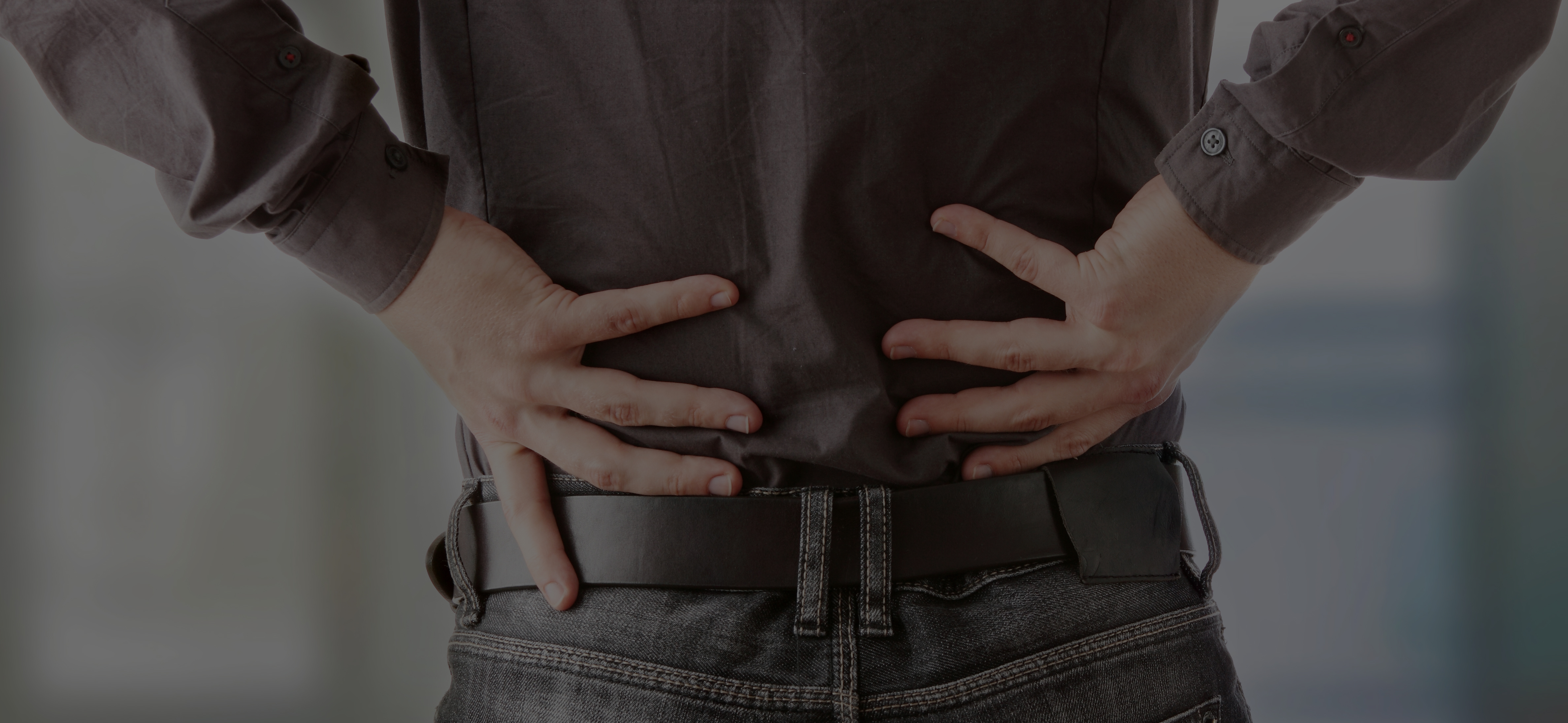SPINAL STENOSIS
It Is Always Advisable To Have A Qualified Medical Professional Oversee Any Type Of Spinal Stenosis Treatment.
In lumbar stenosis, the spinal nerve roots in thelower back are compressed, or choked, and this can produce symptoms of sciatica — tingling, weakness or numbness that radiates from the low back and into the buttocks and legs – especially with activity.
Spinal stenosis pain in the neck (cervical spinal stenosis) can be far more dangerous by compressing the spinal cord. Spinal cord stenosis may lead to serious symptoms, including major body weakness or even paralysis. Such severe spinal stenosis symptoms are virtually impossible in the lumbar spine, however, as the spinal cord is not present in the lumbar spine.
Symptoms:
- Leg numbness and tingling: the patient usually has to sit down for a few minutes to ease the leg and often low back pain, whereas leg pain from vascular claudication will go away if the patient simply stops walking.
- Limitations in walking
- Symptoms develop slowly over time
- Coming and going, as opposed to continuous pain
- Occurring during certain activities (such as walking) and/or positions (such as standing upright)
- Being relieved by rest (sitting or lying down) and/or any flexed forward position
Treatment (Non-Surgical):
- Exercises given by a physical therapist are helpful. It is important for the patient to remain active. This is not a cure.
- Activity modification. Patients are counseled to avoid activities that cause adverse spinal stenosis symptoms. For example, walking while bent over and leaning on a walker or shopping cart instead of walking upright; stationary biking (leaning forward on the handlebars) instead of walking for exercise; sitting in a recliner instead of on a straight-back chair.
- Epidural injections. Cortisone shots can temporarily relieve symptoms. Again, this is not curative. If the patient reacts well to the cortisone shots, it is likely that surgery will produce a good result.
- Anti-inflammatory medications like ibuprofen or aspirin
Making The Decision: Surgery
- The key in choosing whether or not to have surgery is the degree of physical disability and disabling pain from lumbar spinal stenosis.
- Surgery is designed to increase a patient’s activity tolerance, so he or she can do more activity with less pain.
- Surgery should not cause a new problem to the patient, it should minimally disrupt normal structures, and metabolic and physical status of patient should be taken into account.
- Fortunately, surgery outcomes for decompression can be among the most rewarding surgical methods used on the spine (second only to herniated discs).
- Following recovery from spinal stenosis surgery, patients increase their activity and have a better walking tolerance.

